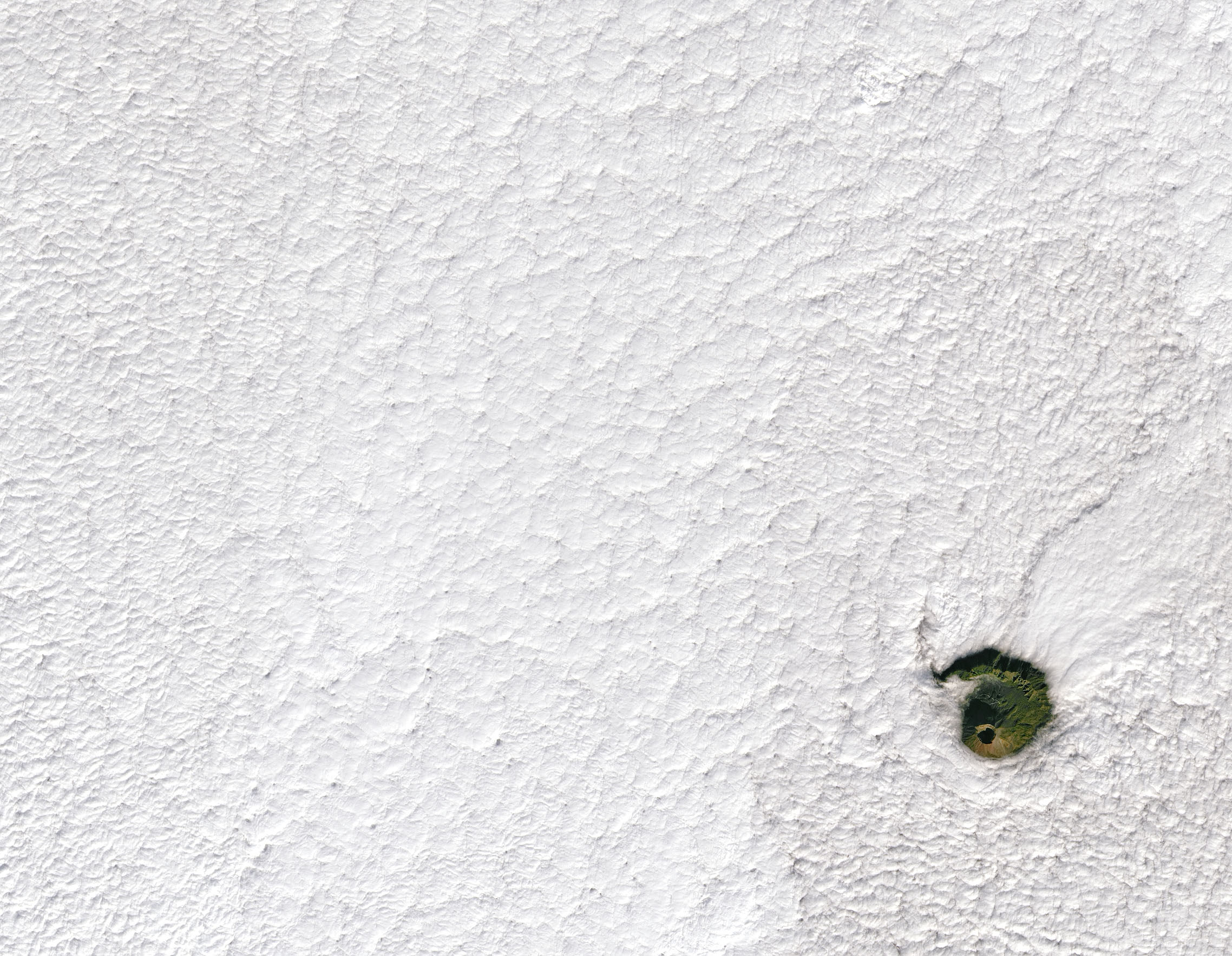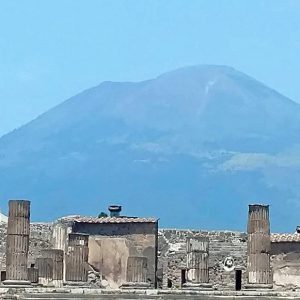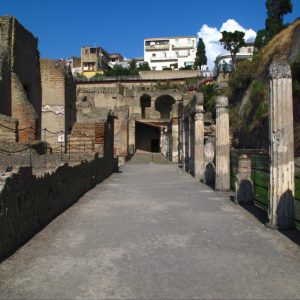A NASA satellite image from 2022 captures a stunning view of Mount Vesuvius, one of the world’s most notorious and potentially deadly volcanoes. Peeking through a circular gap in the clouds, its vast crater resembles a watchful eye staring toward the sky.
Located near Naples, Vesuvius is a 1,281-metre stratovolcano best known for its catastrophic eruption in A.D. 79, which obliterated Pompeii and Herculaneum, preserving thousands in ash and killing around 2,000 people. Today, it remains one of the most dangerous volcanoes on Earth, with 800,000 people living on its slopes and nearly three million residing in the wider potential impact zone.
The Unpredictable Giant
Vesuvius is part of the Campanian volcanic arc, a cluster of volcanoes formed along the tectonic boundary between the African and Eurasian plates. While its last significant eruption ended in 1944, the volcano remains active, with earthquake swarms periodically unsettling the region. A 2011 study published in Nature warned that Vesuvius is a “ticking time bomb,” and experts continue to debate how best to prepare for an eventual eruption.
Scientists cannot pinpoint exactly when the next major event will occur, but history suggests it is not a question of if, but when. Recently, authorities implemented an evacuation plan for the Campi Flegrei, which has seen a lot of activity in recent years. However, a Vesuvius eruption could pose a much bigger problem. Debate continues over the best approach to managing such a densely populated at-risk area.
The NASA image of Vesuvius presents an unusual feature: a perfectly circular hole in the cloud cover surrounding the volcano. While scientists are unsure of the exact cause, one theory suggests it could be a “fallstreak hole,” a cloud formation created by aircraft as they disturb supercooled water droplets in the atmosphere. Given Naples International Airport’s proximity to Vesuvius, a departing or landing aircraft may have played a role.
Regardless of the mysterious cloud break, Vesuvius’ looming presence continues to be a pressing concern. With scientists warning of an inevitable eruption, the region faces an uncertain future, and the question remains—how prepared is Italy for the day Vesuvius awakens once more?





